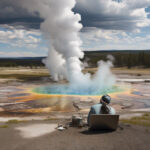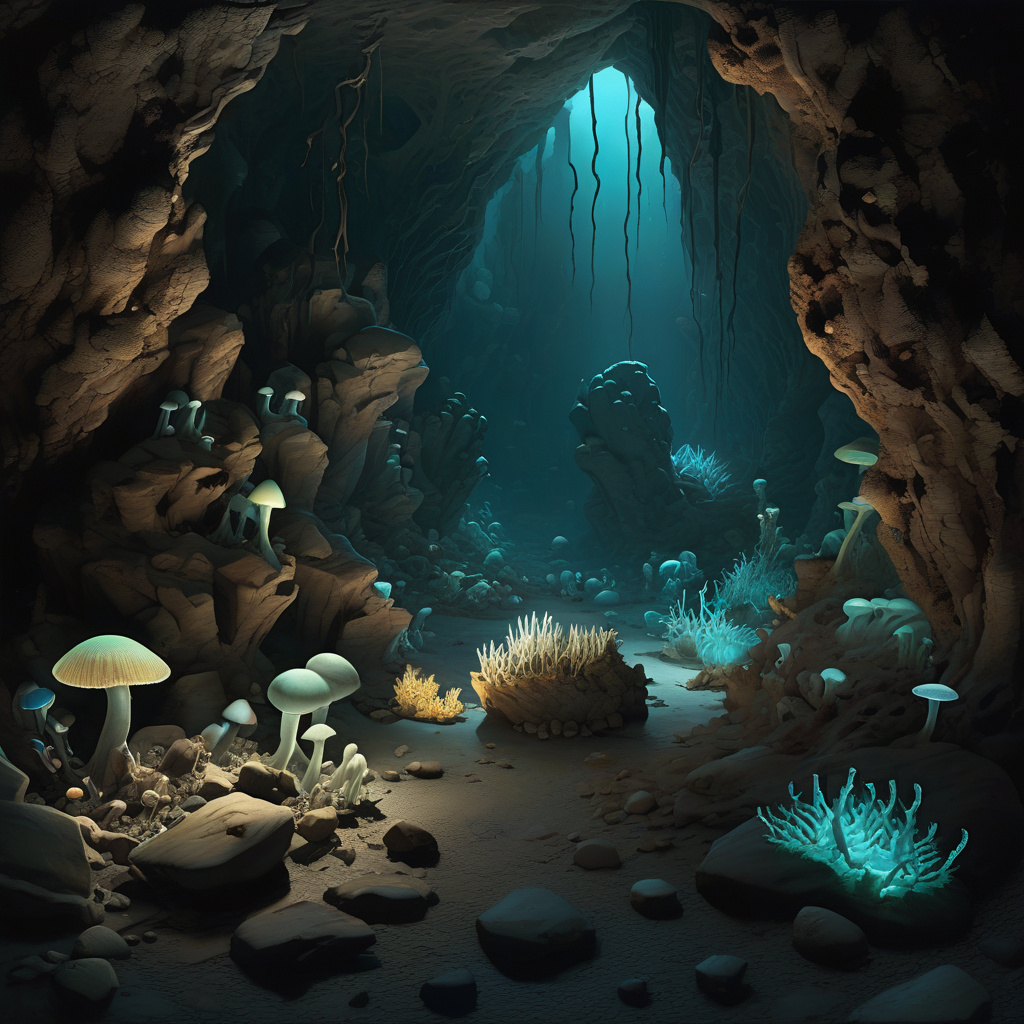Can Life Exist Without Sunlight? Energy from Fractured Rocks Shows That It Can
For most of human history, we’ve believed that sunlight is the foundation of all life. From photosynthesis in plants to the warmth that sustains our planet, the sun has been viewed as the ultimate source of energy. However, recent scientific discoveries challenge this age-old belief by revealing that life can indeed exist without direct sunlight, thanks to energy derived from fractured rocks deep beneath the Earth’s surface.
This groundbreaking research has uncovered thriving ecosystems in the most unexpected of places: deep within the Earth’s crust. These ecosystems, known as the deep biosphere, exist in environments where sunlight cannot penetrate, such as deep-sea hydrothermal vents, underground caves, and even within the rocks themselves. Instead of relying on sunlight, these organisms harness the energy stored in minerals like iron and sulfur through a process called chemosynthesis.
Chemosynthesis, similar to the more familiar process of photosynthesis, allows these organisms to convert inorganic compounds into organic matter without the need for sunlight. This discovery not only expands our understanding of the conditions that can support life but also raises intriguing possibilities for the existence of life beyond Earth. If life can thrive in the lightless depths of our planet, could similar ecosystems exist on other celestial bodies with subsurface oceans, such as Jupiter’s moon Europa or Saturn’s moon Enceladus?
One of the most compelling examples of life without sunlight comes from the deep mines of South Africa. In these dark, nutrient-poor environments, researchers have discovered bacteria that survive by breaking down the surrounding rocks to extract the energy they need to sustain themselves. By studying these unique organisms, scientists have gained valuable insights into the resilience and adaptability of life in extreme conditions.
Moreover, the implications of these findings extend beyond astrobiology. The ability of organisms to thrive in lightless environments has practical applications here on Earth as well. For instance, the field of biotechnology is exploring how these extremophiles, as they are known, could be used to develop new biofuels, bioremediation techniques, and even pharmaceuticals. By harnessing the unique metabolic pathways of these organisms, researchers hope to unlock novel solutions to pressing environmental and health challenges.
In conclusion, the discovery of life flourishing without sunlight challenges our preconceived notions about the requirements for life to exist. By tapping into the energy stored within fractured rocks, organisms in the deep biosphere have shown us that life is far more adaptable and resilient than we ever imagined. As we continue to explore the depths of our planet and beyond, we may yet uncover further evidence that the potential for life is not limited to the sunlit surface but extends deep into the shadows of the Earth and the far reaches of the universe.
sunlight, life, energy, deep biosphere, chemosynthesis












